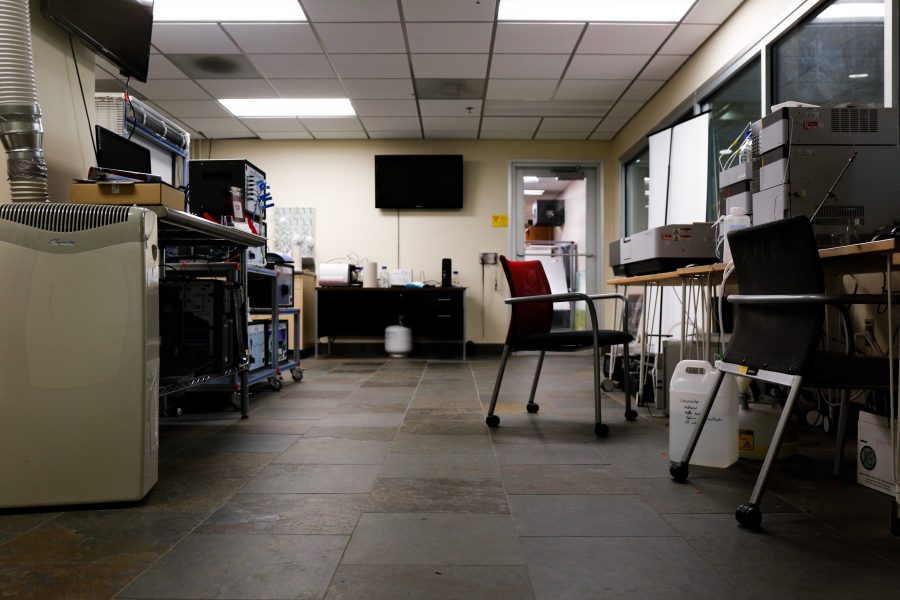In the next five years, the University of Utah will receive a grant, up to $140 million, in support of geothermal research and development from the United States Energy Department.
The Frontier Observatory for Research in Geothermal Energy (FORGE) will make its home just north of Milford, Utah.
“This first-of-its-kind effort will promote transformative and high-risk/high-reward science and engineering focused on addressing critical barriers to EGS (Enhanced Geothermal Systems),” said the Energy Department in a Notice of Intent for the EGS Observatory. “FORGE will enable testing of new technologies and techniques, with a central focus on EGS optimization and validation.”
EGS are able to generate geothermal electricity without needing to be cooled down by their environments. FORGE will have two 8,000 feet-deep wells. One well will be pumped full of cold water, and as the water is heated by the rocks beneath, it will be pumped out through the second well. The water’s heat will then be extracted, and once again, cool water will go through the first well, repeating the process.
“Enhanced geothermal systems are the future of geothermal energy, and critical investments in EGS will help advance American leadership in clean energy innovation,” said U.S. Energy Secretary Rick Perry in a release from the Utah Governor’s Office of Energy Development. “Funding efforts toward the next frontier in geothermal energy technologies will help diversify the United States’ domestic energy portfolio, enhance our energy access and increase our energy security.”
The work of FORGE will also include data collection and dissemination.
Its data will is part of an “effort to capture and share in real-time a high-fidelity picture of EGS creation and evolution processes than any prior geothermal demonstration in the world,” the Energy Department said.
“Today, the University of Utah’s trailblazing research team on geothermal energy production was selected by the Department of Energy as the final partner to team with the federal government in developing commercial-scale geothermal energy production technology,” said Sen. Orrin Hatch in a press release.
The one-of-a-kind institution will, Hatch expects, open up new knowledge and opportunities for Utah.
“I’m proud of the hardworking scientists and collaborators that helped place Utah in a leadership role,” Hatch said. “Thanks to their efforts, our state will be the epicenter of geothermal research for years to come.”
Co-principal investigator of the Utah FORGE team, John McLennan, said in a U press release there were many people behind the scenes helping to pull this project together, including Hatch.
“Having this research program in Utah would not have been possible without the support and encouragement of Utah Governor Herbert; Dr. Laura Nelson, the Governor’s Energy Advisor; the Office of Energy Development; the Utah School and Institutional Trust Lands Administration; and the Utah congressional delegation in Washington,” McLennan said. “We appreciate the assistance that we have received from State representatives and from Beaver County and from Milford. At the University, strong support has come from the President of the University and the central administration as well as from the College of Engineering and the Energy & Geoscience Institute.”



